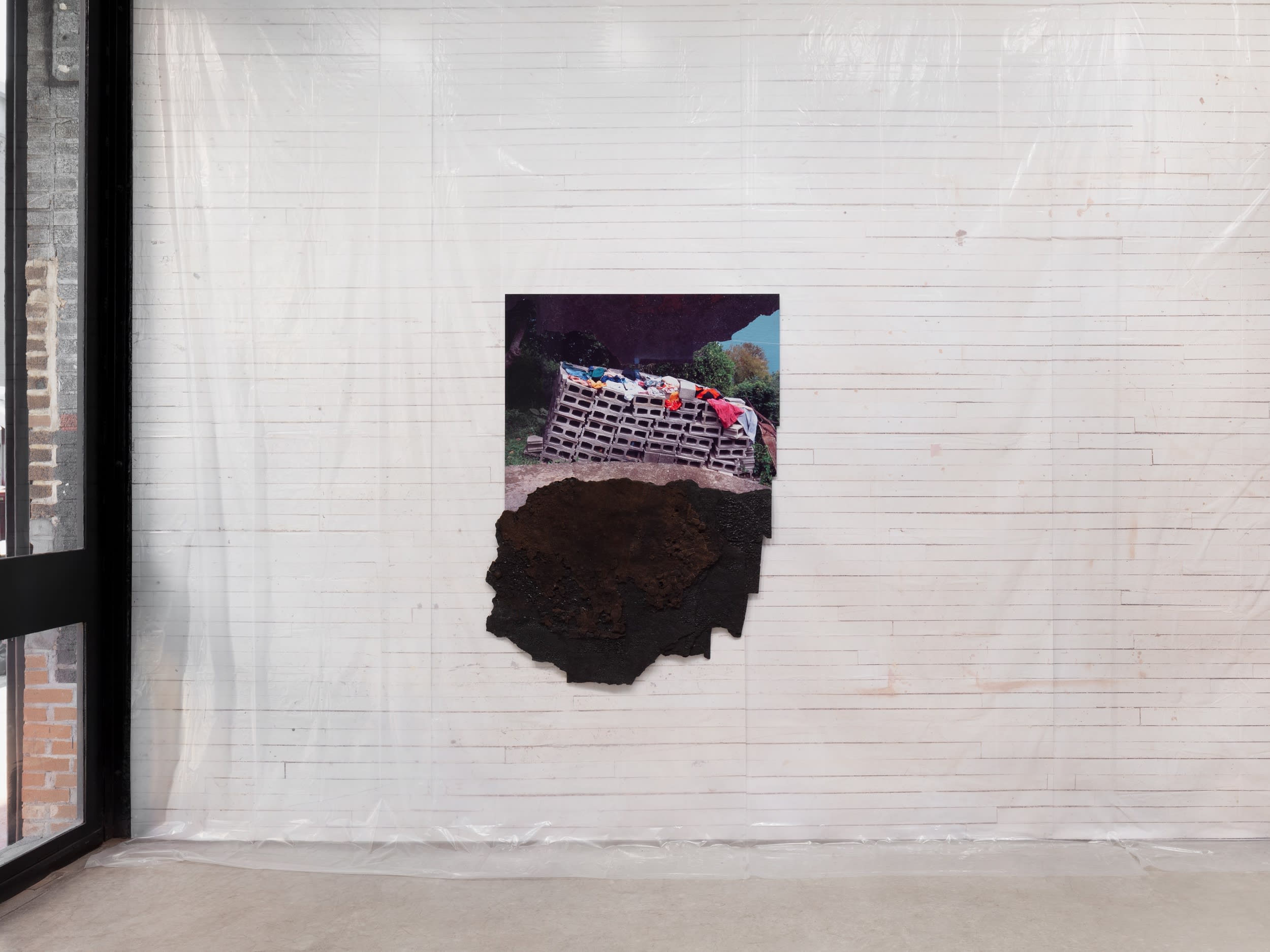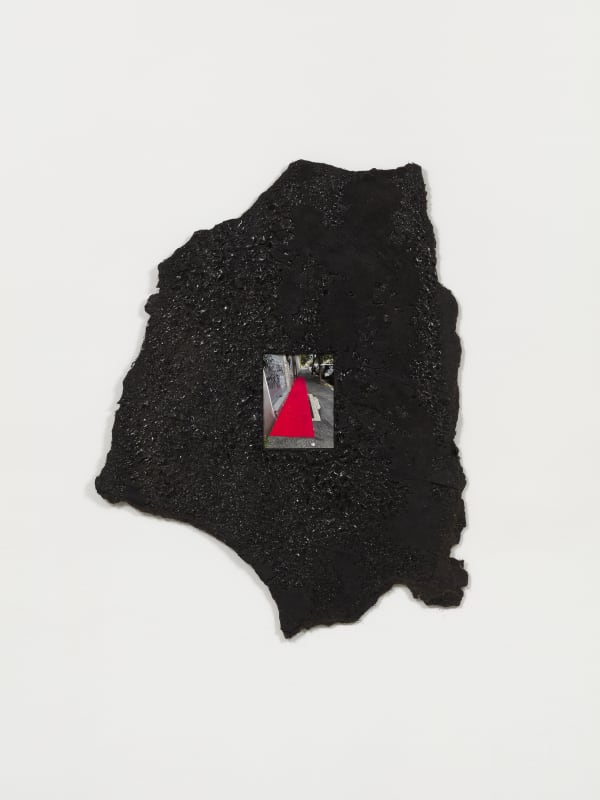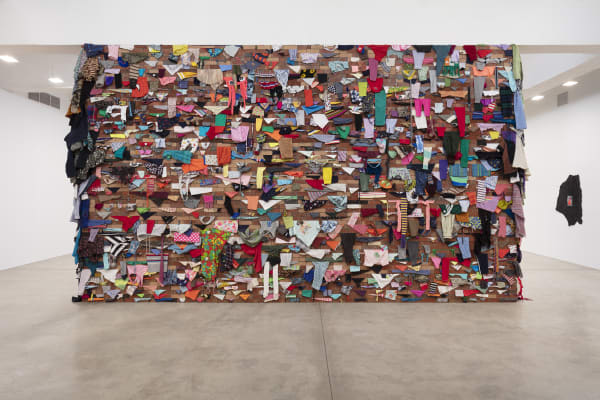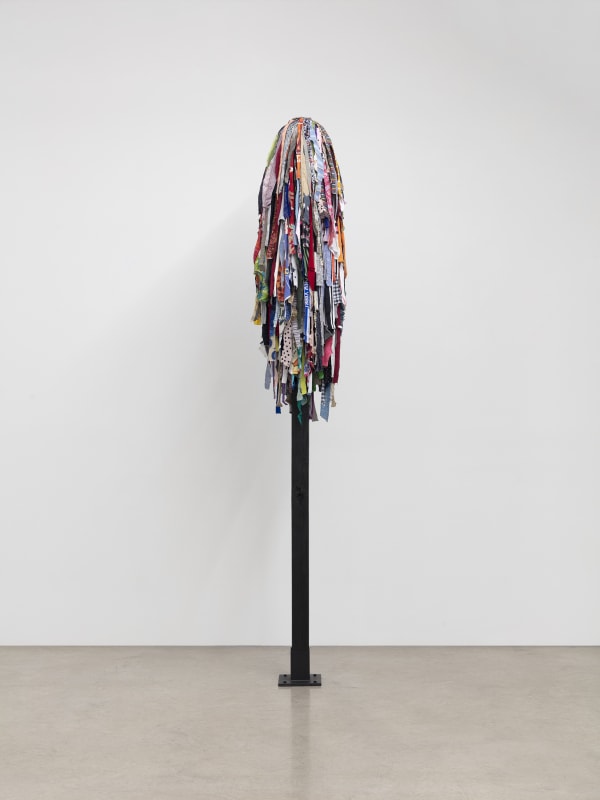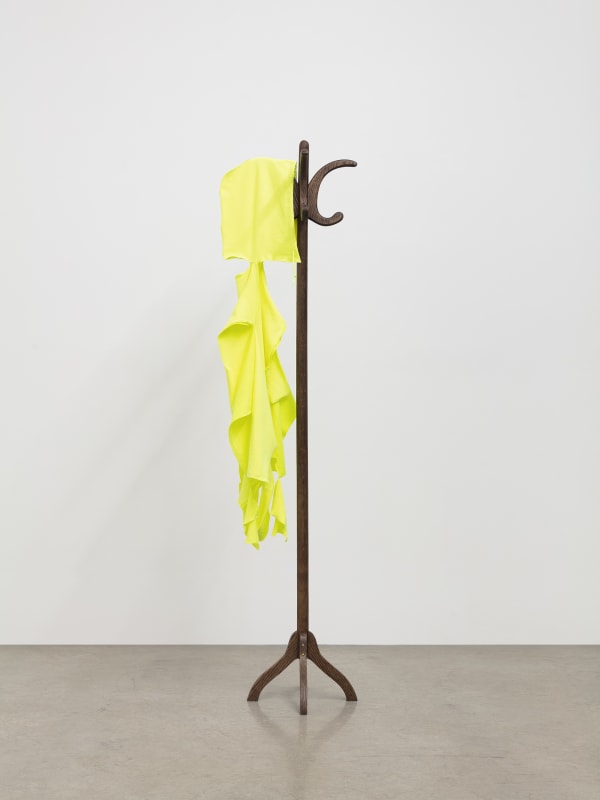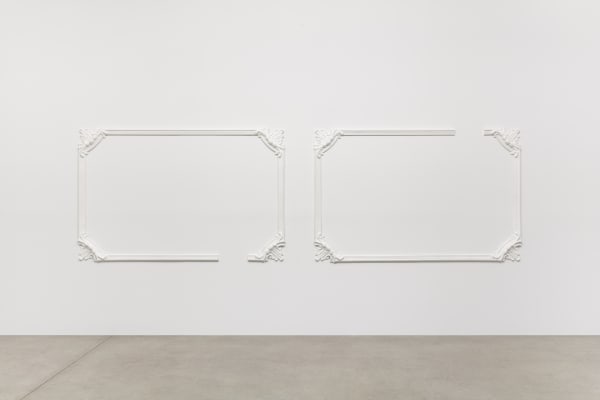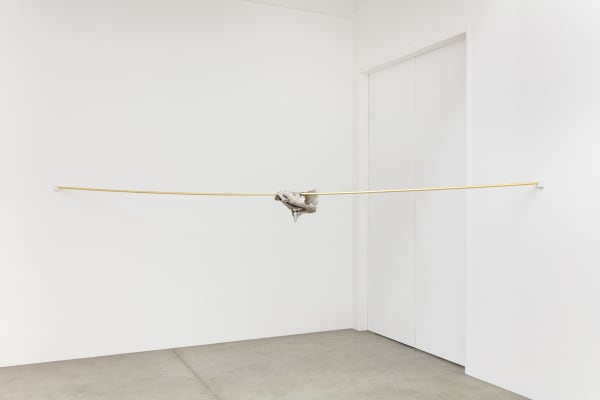-
-

-
-

-
-
-

-
-

-
-

-
Olivier was born in Trinidad and Tobago in 1968, and was raised in the United States. She received an M.F.A from Cranbrook Academy of Art and a B.A. from Dartmouth College.
This year Olivier received the RAIR (Recycled Artists in Residency) Fellowship Residency. She has been the recipient of the Rome Prize (2018), the New York Foundation for the Arts Award (2011), the William H. Johnson Prize (2010), the John Simon Guggenheim Memorial Foundation Fellowship (2007), the Joan Mitchell Foundation Award (2007), and the Louis Comfort Tiffany Foundation Biennial Award (2003).
Important solo exhibitions include Everything That’s Alive Moves at Institute of Contemporary Art in Philadelphia (2020) which traveled to University of Buffalo Art Gallery (2021) and A Closer Look at Laumeier Sculpture Park in St. Louis (2007). The artist’s work was featured in the Busan Biennial, Korea (2006) and Gwangju Biennial (2008). Olivier’s work has also been included in notable group exhibitions at the Ulrich Museum of Art (2013); World Festival of Black Arts and Cultures in Dakar, Senegal (2010); Contemporary Arts Museum, Houston (2007); Whitney Museum of Art, New York (2006); Studio Museum in Harlem (2005); MoMA P.S.1 (2005); Museum of Fine Arts, Houston (2004); SculptureCenter, New York (2004), and Mattress Factory (2006), among others.
Olivier has a long career of working in the realm of public art. In 2018, the artist unveiled Witness, a permanent commission at the University of Kentucky recontextualizing previous artworks and histories on the university’s campus. In 2017, Olivier completed a large-scale commissioned work, The Battle is Joined, for Monument Lab in Philadelphia’s historic Vernon Park. In 2015, she created a site-specific work in New York City’s Central Park for the Creative Time exhibition Drifting in Daylight,as well as a permanent sculpture for Long Island City’s Hunter Point South Park entitled Tetherball Monument, sponsored by NYC’s Percent for Art program. Olivier was selected to create a new memorial at Stenton Park in Philadelphia, honoring Dinah, a former enslaved woman who saved an historic mansion from burning by the British in the Revolutionary War. Her most recently awarded commission will commemorate the rediscovery of Bethel Burying Ground in Philadelphia, where five thousand African Americans were buried in the early 1800s when Black people were denied dignified graves.
Karyn Olivier’s work can be found in the permanent collections of Museum of Fine Arts, Houston and The Studio Museum in Harlem.

